Background
Failed Back Surgery Syndrome (FBSS), Post-Laminectomy Syndrome (PLS), and Persistent Spinal Pain Syndrome (PSPS) all refer to the same condition which is persistent pain after back surgery. For many patients, persistent pain after back surgery, the term FBSS as a diagnostic label is potentially problematic and misleading. The surgery may have gone as planned and primary goals of the surgery successfully completed such as fusion and decompression. Several factors affect the outcome of spine surgery. A multitude of mechanisms/reason may exist for persistent pain after back surgery including biomechanical changes, persistent irritation of the nervous system, bony and myofascial structures and psychosocial factors including persistent depression and anxiety.
Symptoms
The symptoms associated with persistent pain after back surgery may be the same pain the patient was feeling before surgery, or a new set of aches and pain. A constant dull ache in region where surgery occurred, pain shooting down the legs, and sharp stabbing pains in the low back are often associated with PSPS
Treatment
For most conditions, the best course of treatment is to go after the cause of the problem. However, often with persistent pain after back surgery, the treatment options often include symptom management.
Treatment options for people with persistent pain after back surgery include, physical therapy/chiropractic care, neuropathic pain medications, nonopioid pain medications, epidural steroid injections, radiofrequency ablation, and spinal cord stimulation. The most effective treatment plan is multifaceted often including physical therapy (PT), medications, and interventional procedures.
At Pain Diagnostics and Interventional Care, our goal is to relieve a patient’s pain without the need for repeat surgeries. We will work with you to create a comprehensive and personalized treatment plan.
PT/Chiropractic Care
Patients work with a physical therapist or chiropractor to strengthen the surrounding muscles while improving mobility and muscle imbalances.
Medications
Multiple nonopioid medications are available to treat bone, muscle, and nerve pain. In limited cases, opioid pain medications may be utilized in structured programs.
Steroid Injections
Epidural steroid injections help to reduce the inflammation of spinal structures including nerve roots which often cause the pain associated with sciatica. Steroid joint injections including sacroiliac joint injections are also helpful in select patients.
Spinal Cord Stimulation
Spinal Cord Stimulation (SCS) is FDA approved for persistent pain after back surgery. SCS is effective at reducing people’s pain and letting people regain their quality of life and function.
Interested In Clinical Research?
Pain Diagnostics and Interventional Care’s Clinical Research Department is driven to further the science of Pain Medicine to bring our patients the most up to date and effective treatment options. We are currently enrolling patients for studies regarding low back pain. If you are interested in learning more, let us know!
Contact form
Or just call (412) 221-7640 and we’ll do everything we can to help.
Across all review platforms
Dr. David Provenzano, a leading expert throughout the nation for treating patients who suffer daily from pain, uses advanced diagnostic techniques to assess the source of the pain and develop a comprehensive and safe treatment approach that can significantly reduce your pain.

